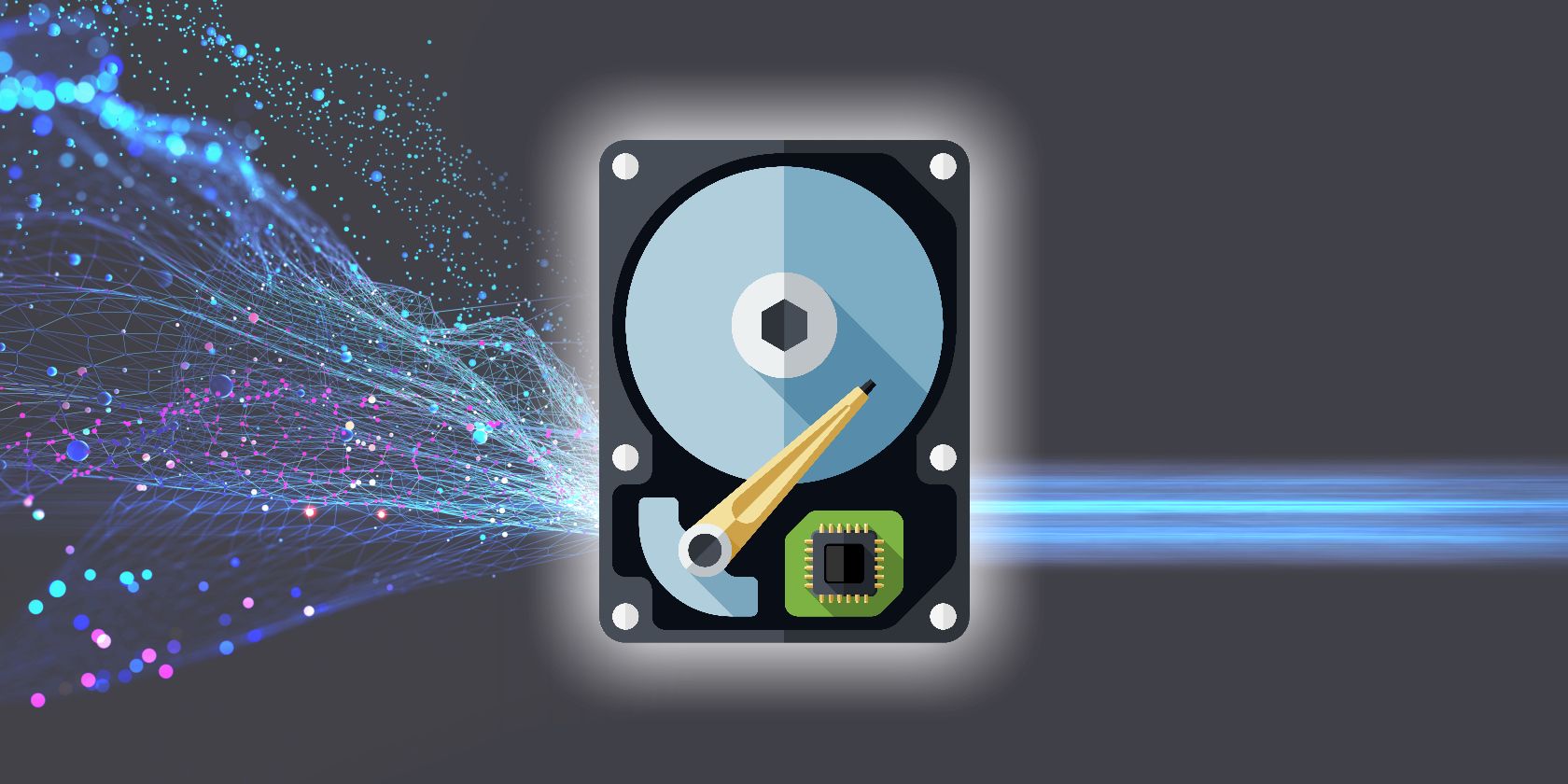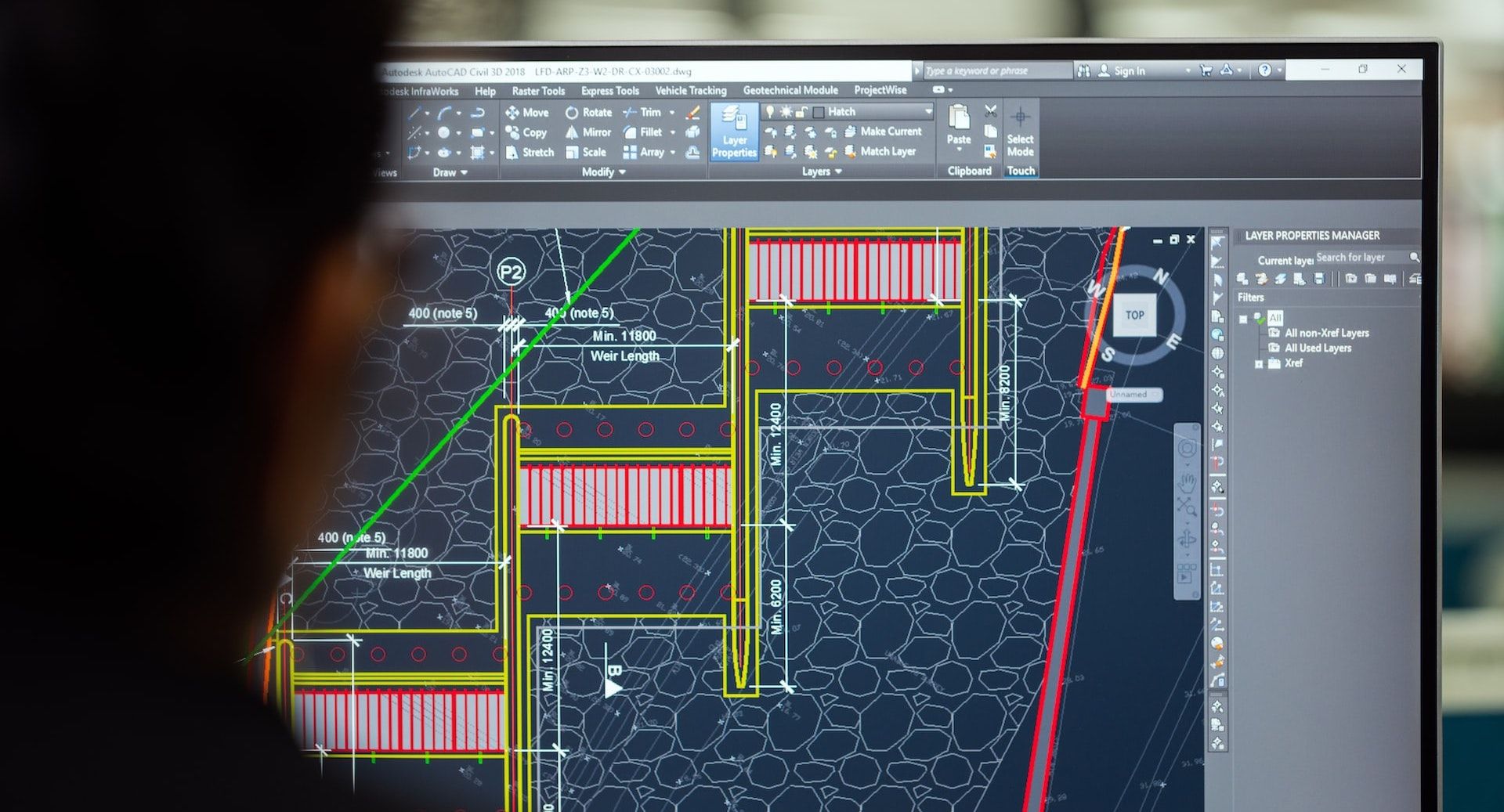Data redundancy is like a two-edged sword. On the one hand, it can enhance your application; on the other hand, it can distort it. This raises concerns about implementing data redundancy in database management.
Understanding data redundancy helps you maximize its benefits and mitigate its risks for healthy database management, which is why you should consider the pros and cons of data redundancy.
What Is Data Redundancy?
Data redundancy is the process of storing your data in more than one place. You can store the data sets in the same database or different systems.
Keeping multiple data sets means that your data will occupy more space. If you don't arrange them properly, they could litter your device. There are two kinds of data redundancy: accidental and intentional.
Accidental data redundancy is the process of duplicating data sets in your system by mistake. This could be a result of human errors or technical issues. Accidental data redundancy exposes your network to cyber threats and attacks because you are unaware of the duplicated data sets.
Intentional data redundancy refers to the process of duplicating data deliberately within your system to improve your operations. Instead of relying on one data set, you have more options at your disposal.
Imagine not being able to find your car key when you need it. Having a spare key will save you the trouble of searching for it endlessly and possibly missing your engagement. This is a typical example of intentional data redundancy. You have another set of the same data to work with if the original is unavailable.
Is Data Redundancy the Same as Data Backup?
There's a tendency to mistake data redundancy for data backup—the concepts are similar, but they aren't the same.
When the emphasis is on data loss, data backup comes to mind, not data redundancy. Data backup is the process of making an extra copy of your data to prevent any form of loss—be it theft, breach, damage, etc. In data redundancy, the focus is on having another copy of the data to keep the workflow moving in case one copy is unresponsive.
Data redundancy offers you a real-time solution to data failure. You can easily access the other copy of your data without suffering downtime. Data backup, on the other hand, doesn't function in real-time. Should you lose your data, you could experience downtime before the saved copy comes into play.
4 Advantages of Data Redundancy
Data redundancy is helpful in database management. As a network owner or operator, you can take advantage of the following benefits in your operations.
1. Higher Efficiency
You work better when you can easily access files and data in your system. Such quick access is time-saving. You get things done faster without wasting time looking for information.
Since data redundancy gives you more than one data source, you can access the data you need in the closest and most convenient location. Quick access helps you accomplish more work in little time. In addition, if you need to provide information to other people in the workflow, you won't keep them waiting for long.
2. Data Security
Losing your data to a cyberattack can be damaging. Data redundancy helps to secure your database by giving you more than one piece of a single data set. For example, in the event of a cyberattack where your data is stolen, you'll still have the same data set in a different location. This will relieve you of the consequences of data loss.
3. Data Quality
Maintaining high data quality is necessary to ensure data integrity. With data redundancy, you have a framework to check for discrepancies among your data sets and reconcile them immediately. Such loopholes may go unnoticed without multiple data sets, as there would be no basis for comparison.
Data redundancy also helps you update your database faster as you can easily access the information you need in multiple locations.
4. Workflow Continuity
Experiencing downtime due to data failure, theft, or any other challenge can negatively impact your system. Having another data set means you can't be stranded if something happens to the set you are using. You can access the same information and continue your work without significant delay or obstruction.
4 Disadvantages of Data Redundancy
Data redundancy can cause some drawbacks in your operations. To be on the safer side, you need to be aware of the setbacks for better database management.
1. Larger Storage
Duplicating data sets requires more storage space to keep them in. You'll need a large storage option to manage your increasing data sets.
Inadequate storage for your numerous data sets will slow down your system's speed, leading to longer processing time.
2. Complex Management
Managing your data sets effectively requires dedication and attention to detail. You must ensure that all variables are in good condition. Data redundancy leaves you with more data sets to cater to. The many moving pieces can be complex, creating room for errors and mistakes.
3. High Cost
When it comes to data management, cloud storage is better than on-premise storage due to its security, flexibility, and accessibility.
As mentioned earlier, data redundancy creates a need for more storage space. This means you'll be spending more on storage, and cloud storage services don't come cheap. If you are working with a tight budget, the additional storage can be a financial burden.
4. Data Corruption
Data corruption is a serious concern when you are dealing with data. The more your data sets, the higher the chances of corruption.
Duplicating your data means that you have to pay close attention to all of your data sets to avoid contamination. Unfortunately, you may not always be able to confirm that all the data sets are in good condition and end up using corrupt data to your detriment. The chances of that happening are high, especially if you are working with other people who have access to your system.
Master Data Redundancy to Keep Your Data Safe
As much as data redundancy is helpful, you don't necessarily have to replicate every piece of data in your system—doing that is a waste of resources. Ensure that you can account for every data set you duplicate. Otherwise, they might harm your system due to changes in their original conditions.
Double-check your system regularly to check for accidental data redundancy. For example, your system might be underperforming due to excess data sets you aren't aware of.




